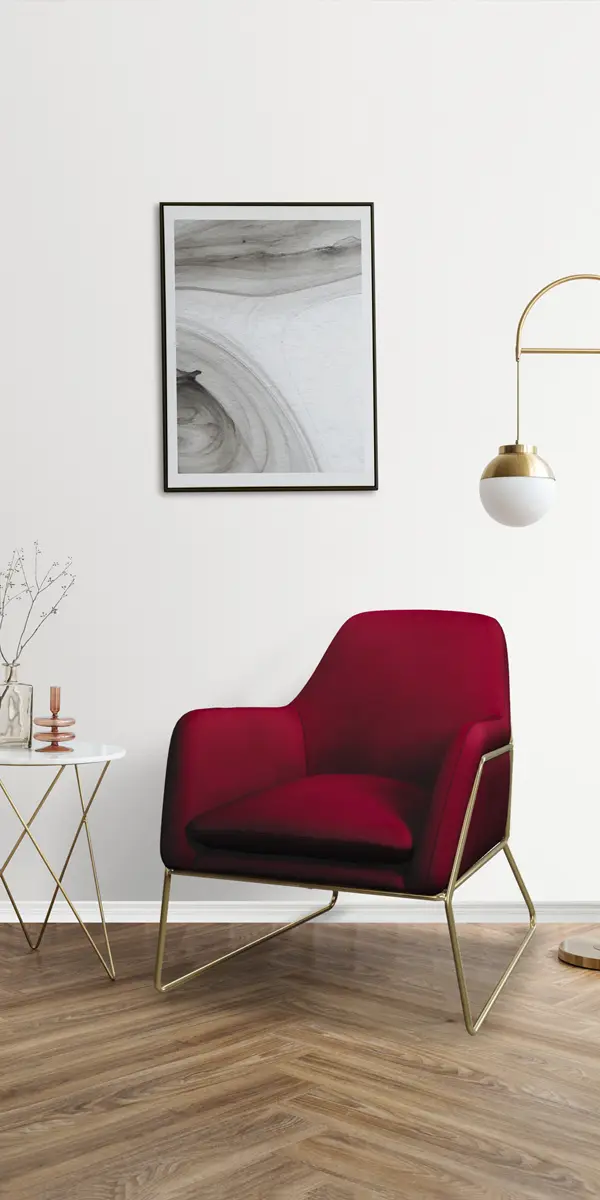Imagine a customer becomes aware of their need for a comfort chair for their living room. They might have experienced discomfort while sitting for extended periods and decide to explore options for a more comfortable seating solution.
Research:
The customer starts researching different types of chairs available in the market. They visit websites, read reviews, and compare features, styles, and prices. They gather information to make an informed decision.
Using WebXR:
The customer can access virtual 3D models of chairs through a web browser, allowing them to have an immersive experience from the comfort of their own home. They can visualize different chair designs, materials, and colors in a realistic and interactive manner.
Product Selection using AR:
Customer can overlay virtual 3D models of the chairs onto their living room space using their smartphone or tablet camera. This enables them to see how the chair will look and fit in their actual environment. They can experiment with different chair positions and angles, ensuring the chosen chair complements their existing decor.
Customization:
Many furniture retailers offer customization options, such as selecting the type of upholstery, color, and finishes. With AR, the customer can preview different customization choices on the virtual chair model in real-time, giving them a clear idea of how their customized chair will look.
Size and Ergonomics:
Choosing the right size and ensuring proper ergonomics is crucial for a comfortable chair. With AR, they can also evaluate the chair's dimensions virtually and ensure it provides the desired level of support and comfort.
In summary, leveraging AR and WebXR technologies enhances the customer journey by providing immersive virtual experiences, allowing customers to visualize and customize comfort chairs in their own living room space. This interactive and realistic approach helps customers make confident decisions and ensures a more satisfying purchase experience.


